When World War II ended, Pontiac didn’t jump straight into performance—it rebuilt its reputation one solid car at a time. From 1946 through the early 1950s, Pontiac focused on reliability, conservative styling, and refinement. The straight-eight carried the load, and the brand quietly moved upmarket with features like the Catalina hardtop and Hydramatic transmission.
These years weren’t flashy, but they were foundational. Pontiac set the stage for a transformation that would later define its muscle car era. Before it screamed performance, Pontiac earned trust with cars built to last—and that story started right here.
Postwar Return: 1946 Pontiac Streamliner
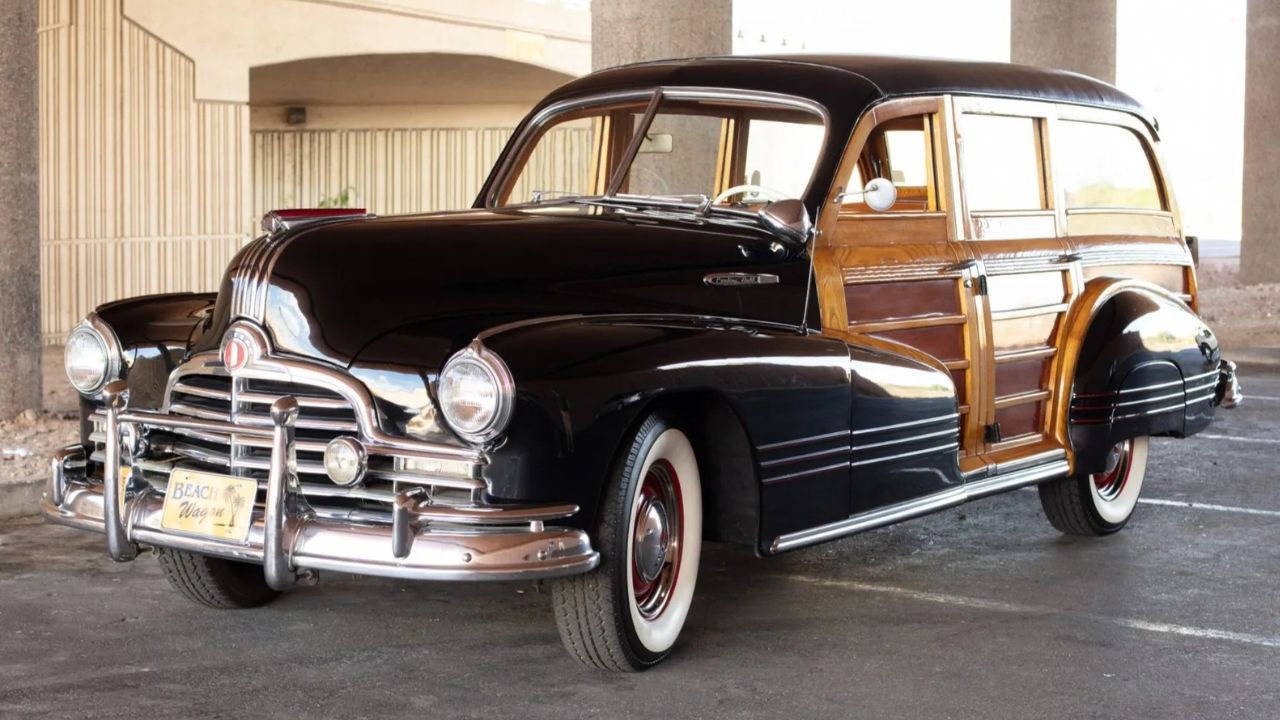
After World War II, automakers scrambled to restart production, and Pontiac was no exception. The 1946 Streamliner and Torpedo models were essentially carryovers from 1942 but were updated with minor trim changes and fresh paint schemes to feel “new.”
Under the hood, buyers got a choice of the dependable inline-six or a 249-cubic-inch straight-eight. With steel and rubber in short supply, options were minimal, but demand was high. Pontiac’s focus was simple: build reliable, stylish transportation for a market hungry to drive again.
1947–1948: Refinement Over Redesign
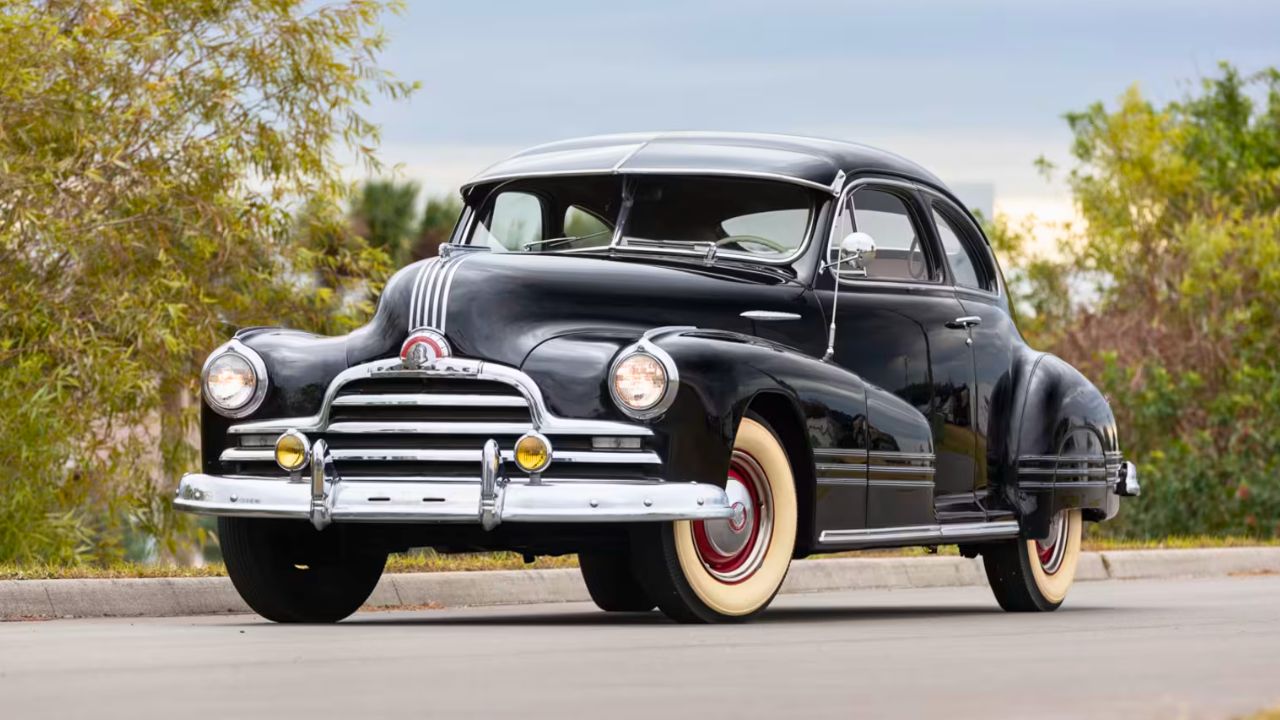
In 1947 and 1948, Pontiac stuck with what worked. The Streamliner and Torpedo returned, with continued use of prewar platforms and mechanicals. The most noticeable changes were exterior details—grilles, trim, and wheel covers—to keep buyers interested.
Sales remained strong as Americans upgraded from wartime rationing to peacetime mobility. Pontiac’s straight-eight was smooth, and while not a performance monster, it earned a reputation for durability. These were no-nonsense cars that looked good and got the job done.
The 1949 Silver Streak: New Look, Same Identity
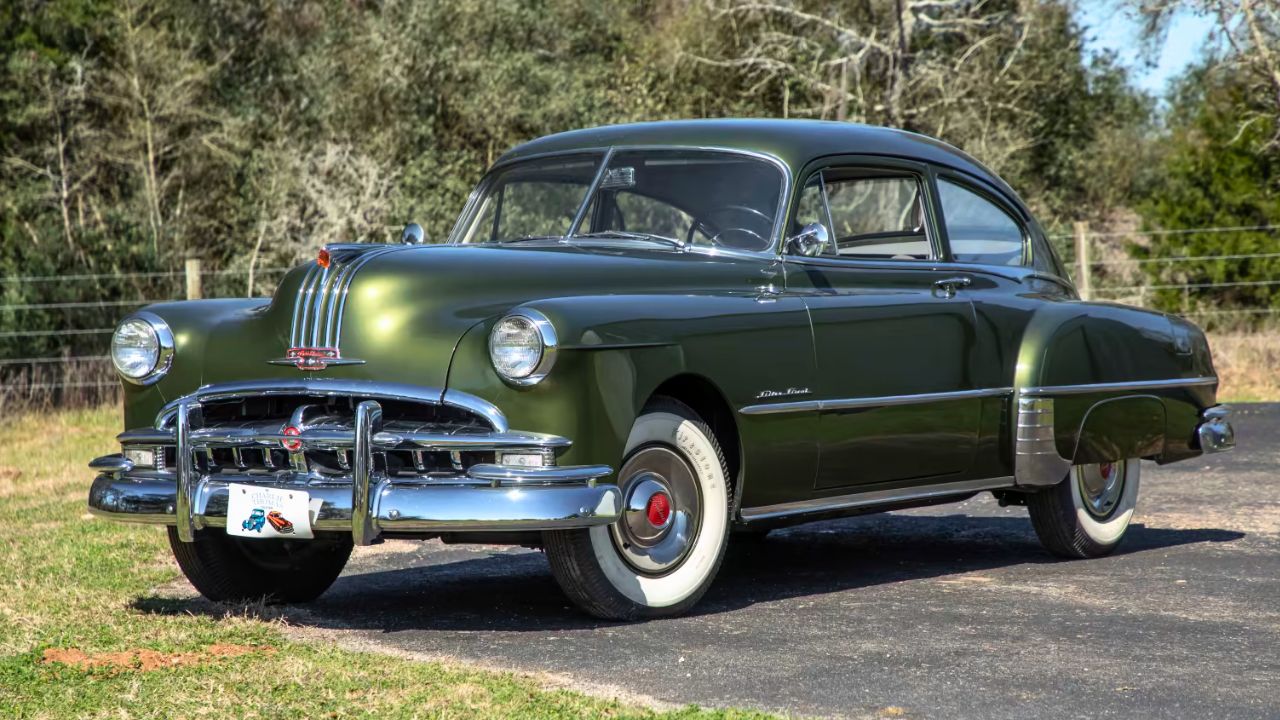
Pontiac’s first major postwar redesign landed in 1949. The fastback “Streamliner” body was sleeker, lower, and finally broke from its prewar roots. The signature Silver Streak chrome strips returned, giving the car a unique visual identity in a crowded market.
Buyers still chose between six- or eight-cylinder flatheads. But the real change was aesthetic—Pontiac was starting to look modern. Interiors improved, too, with better materials and more attention to driver comfort. Sales topped 300,000, showing the redesign hit the right note.
1950: Introducing the Catalina Hardtop
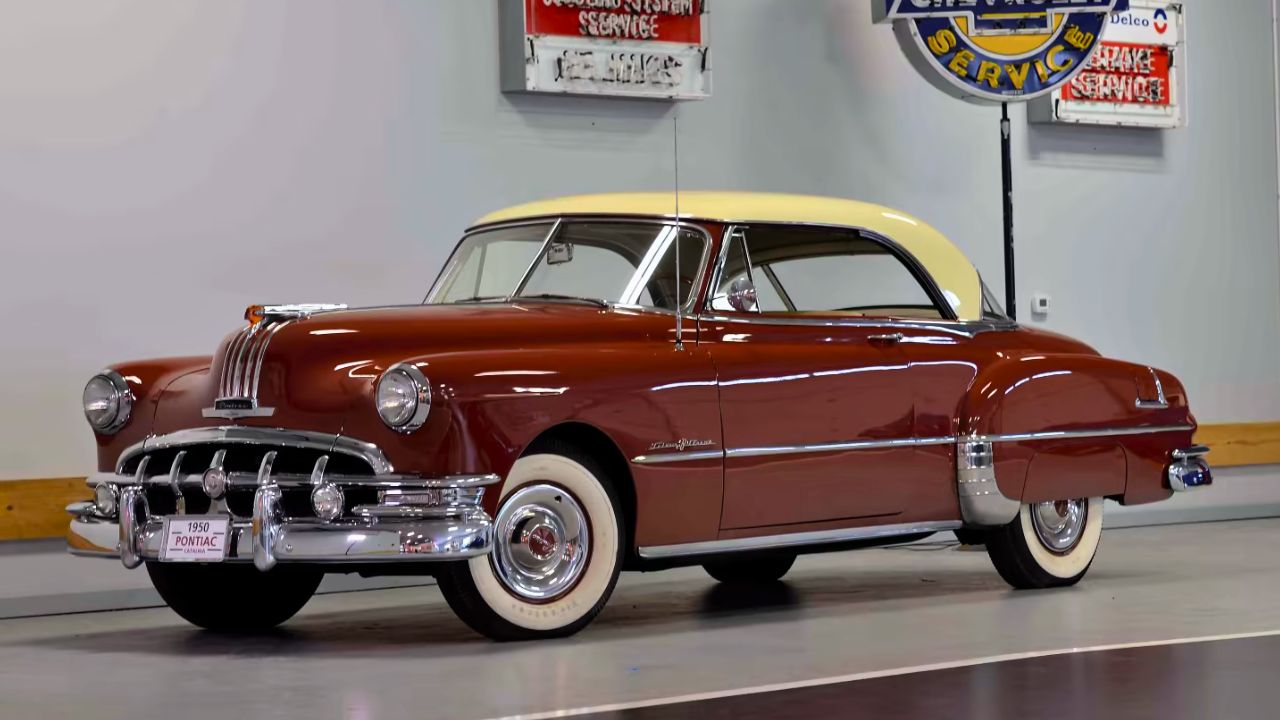
In 1950, Pontiac jumped on the hardtop craze with the new Catalina. Based on the Chieftain Deluxe, the Catalina offered two-door styling without a B-pillar, mimicking a convertible’s open feel with the security of a coupe.
It was an instant hit. Powered by either a straight-six or flathead eight, it wasn’t quick by today’s standards, but it looked sharp and had presence. Pontiac had moved from being simply dependable to something aspirational—and that shift would only accelerate.
1951–1952: Holding Ground During Korean War
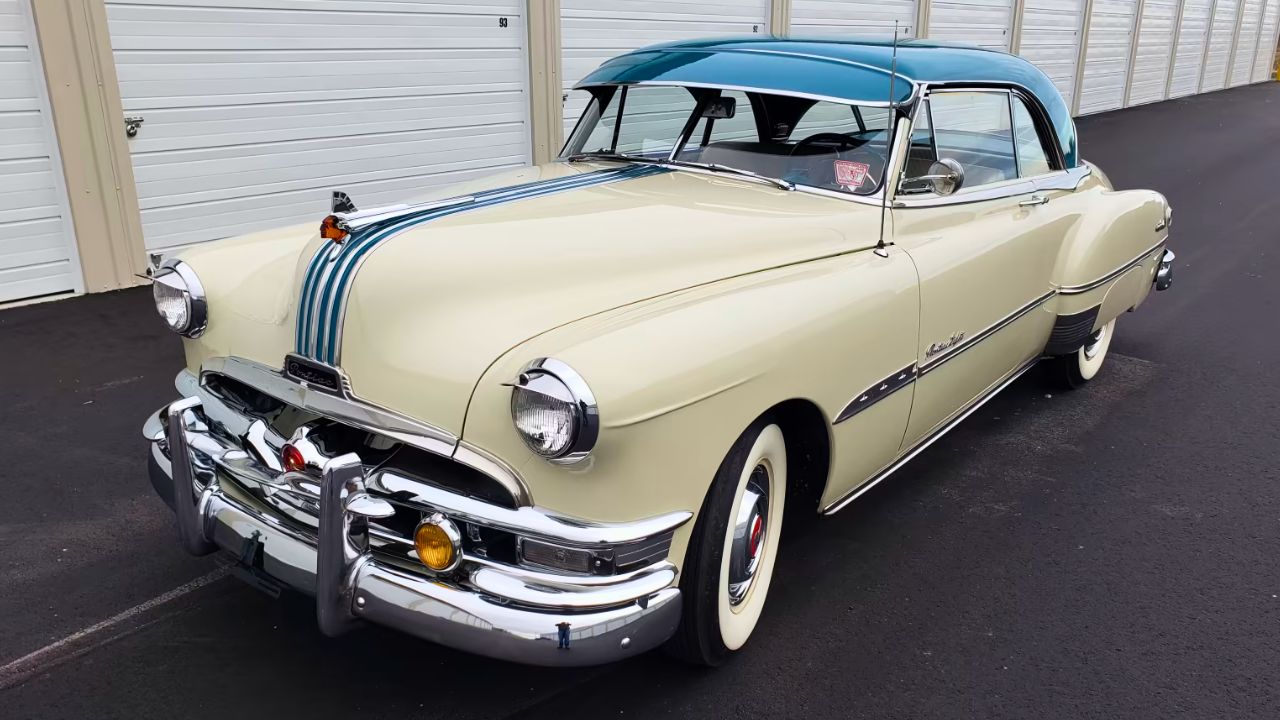
With the Korean War looming, resources tightened again. Pontiac made few major changes in 1951 and 1952, sticking to its proven lineup of Chieftain and Streamliner models with mild trim updates. The biggest addition was Hydramatic automatic transmission becoming more common.
Even with restrictions, Pontiac continued to grow its identity. These years weren’t about flash—they were about consistency. And in the early ’50s, buyers wanted confidence in what they drove. Pontiac was quietly delivering.
The Straight-Eight’s Final Years
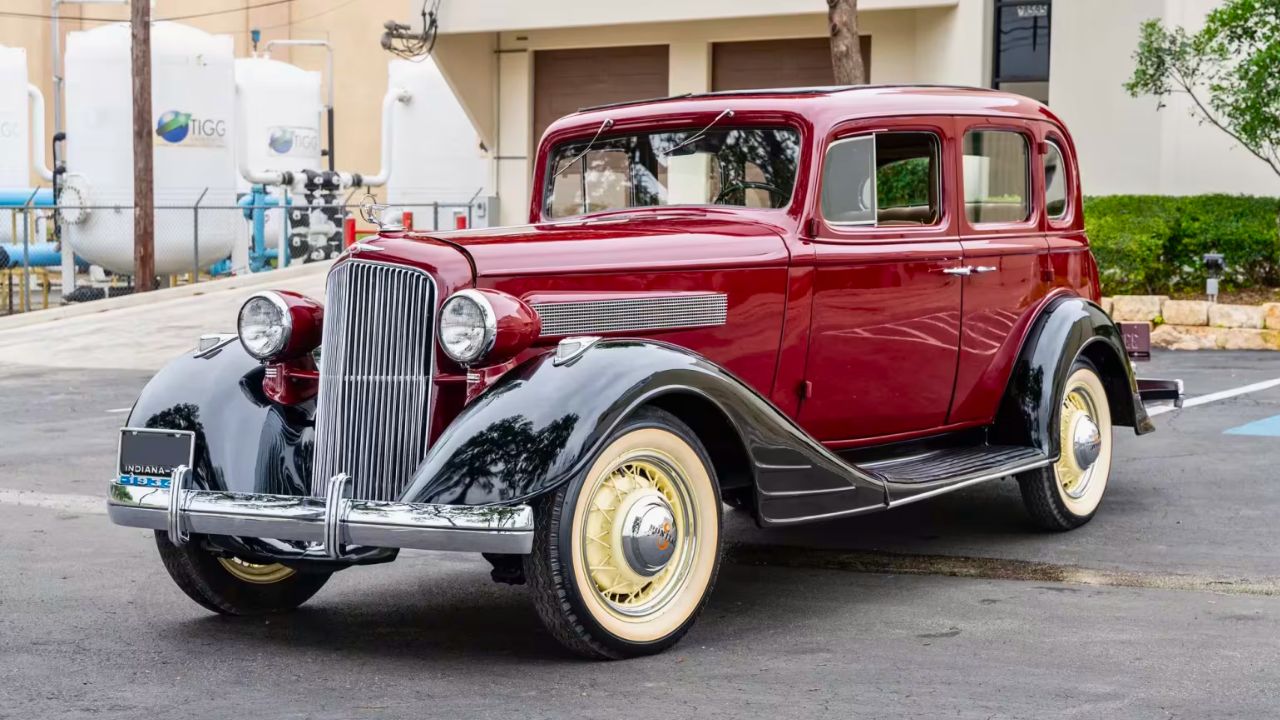
Pontiac’s flathead straight-eight had been in service since the 1930s. By the early 1950s, it was getting long in the tooth. While smooth and durable, it couldn’t match the performance or efficiency of OHV V8s that other divisions were starting to adopt.
Still, Pontiac stuck with it, refining where it could. The eight would last through 1954, giving the brand time to prepare for its eventual pivot toward performance—a move that would forever change its reputation.
Styling Grows Sharper in 1953
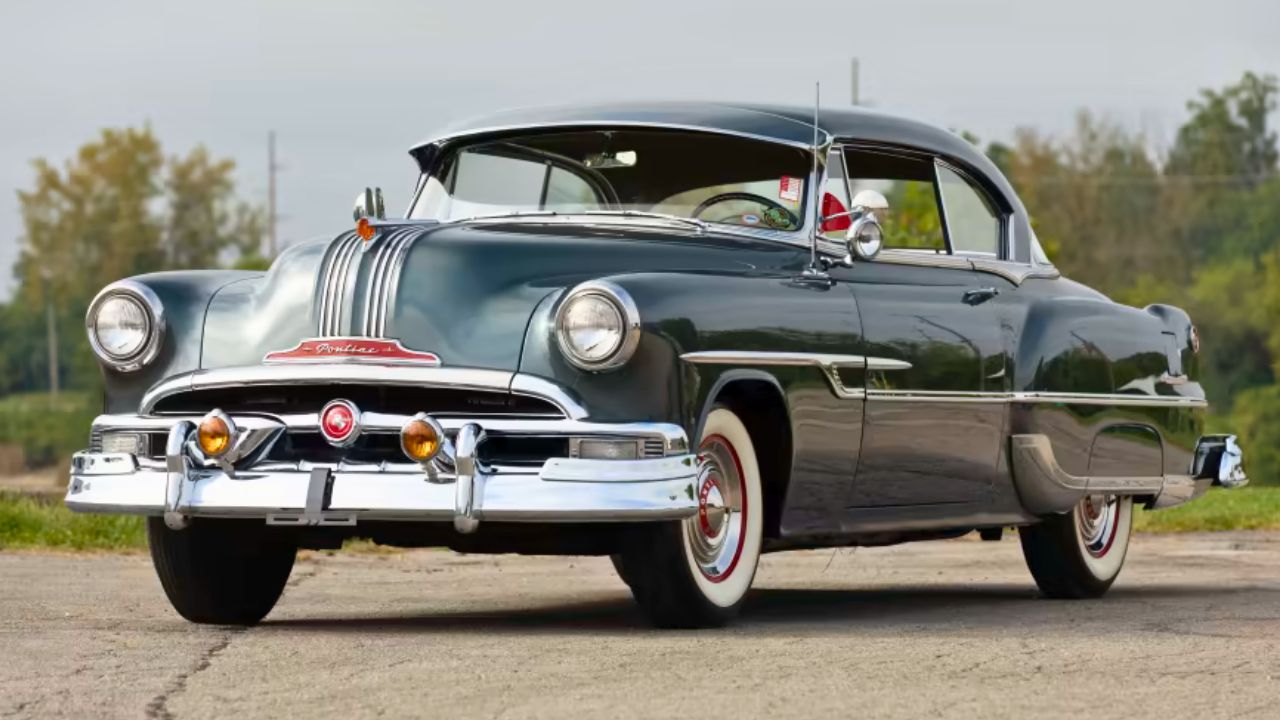
In 1953, Pontiac gave its lineup a major refresh. The Silver Streaks remained, but the cars got wider, lower, and more refined. Interiors were now comparable to Oldsmobile in comfort, and more chrome adorned the bodywork.
It was the first sign that Pontiac wanted to move slightly upmarket. The Catalina became a stand-alone nameplate, and two-tone paint combinations gained popularity. While the straight-eight soldiered on, buyers were clearly responding to looks as much as mechanicals.
1954: Last Year for the Flathead
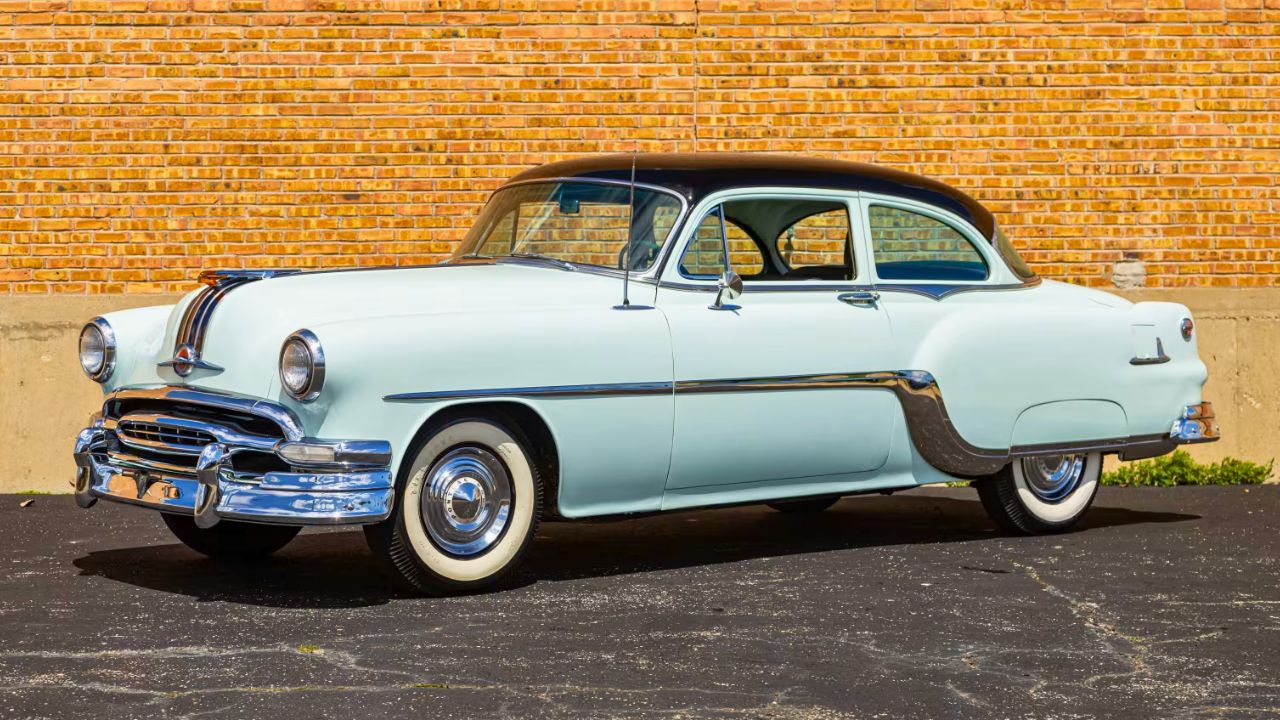
The 1954 models marked the end of an era: it was the last time Pontiac would offer a flathead engine. It was also the final year of the old Hydramatic before the improved version landed in 1955. By now, Pontiac’s cars were among the best-looking in the GM lineup.
Sales remained steady, but the brand was preparing for something bigger. Behind the scenes, engineers were working on a new overhead-valve V8—one that would launch Pontiac into the performance market and lay the groundwork for the GTO a decade later.
Pontiac’s Identity Was Still Evolving
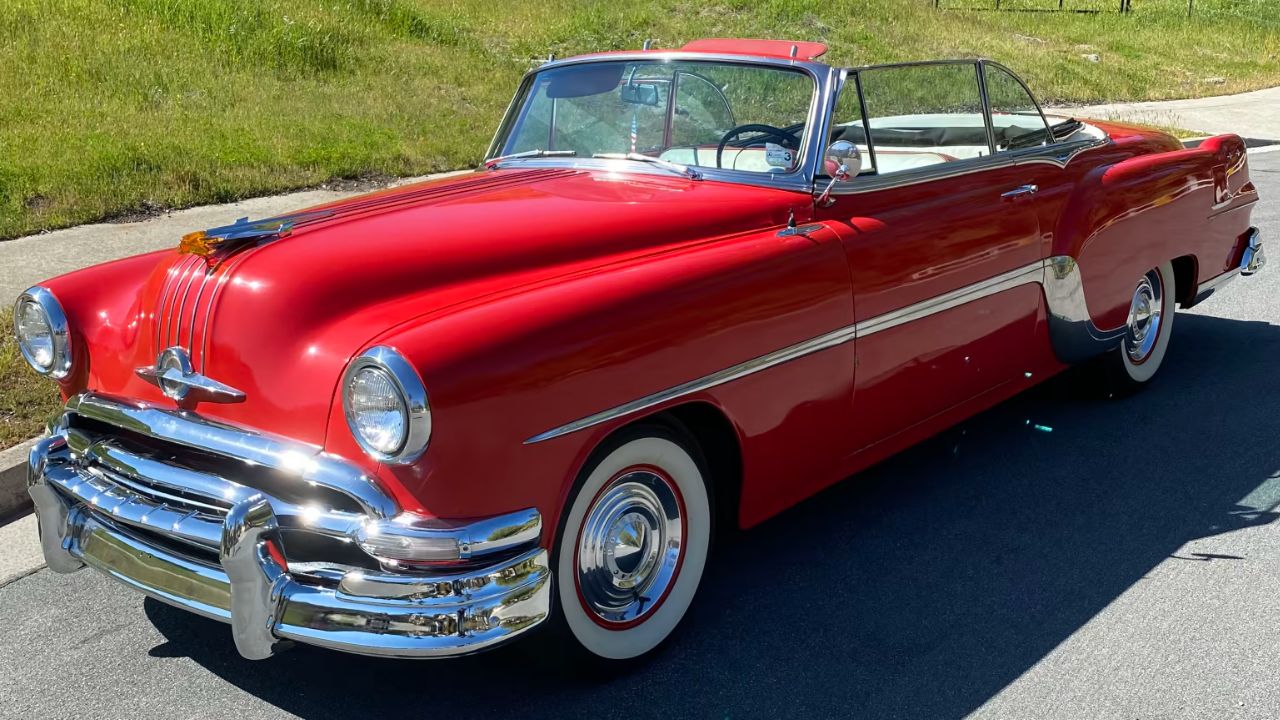
By the end of the pre-V8 era, Pontiac had fully shed its Depression-era image. It was no longer just a value car—it had become a legitimate contender in styling, comfort, and features. What it lacked in performance, it made up for in reliability and presence.
The next step would change everything: Pontiac was about to embrace speed. But first, it had to close the chapter on the straight-eight and embrace the OHV V8 movement sweeping through GM. The foundation was solid. Now it was time to go fast.
Like what you read? Here’s more by us:
*Created with AI assistance and editor review.

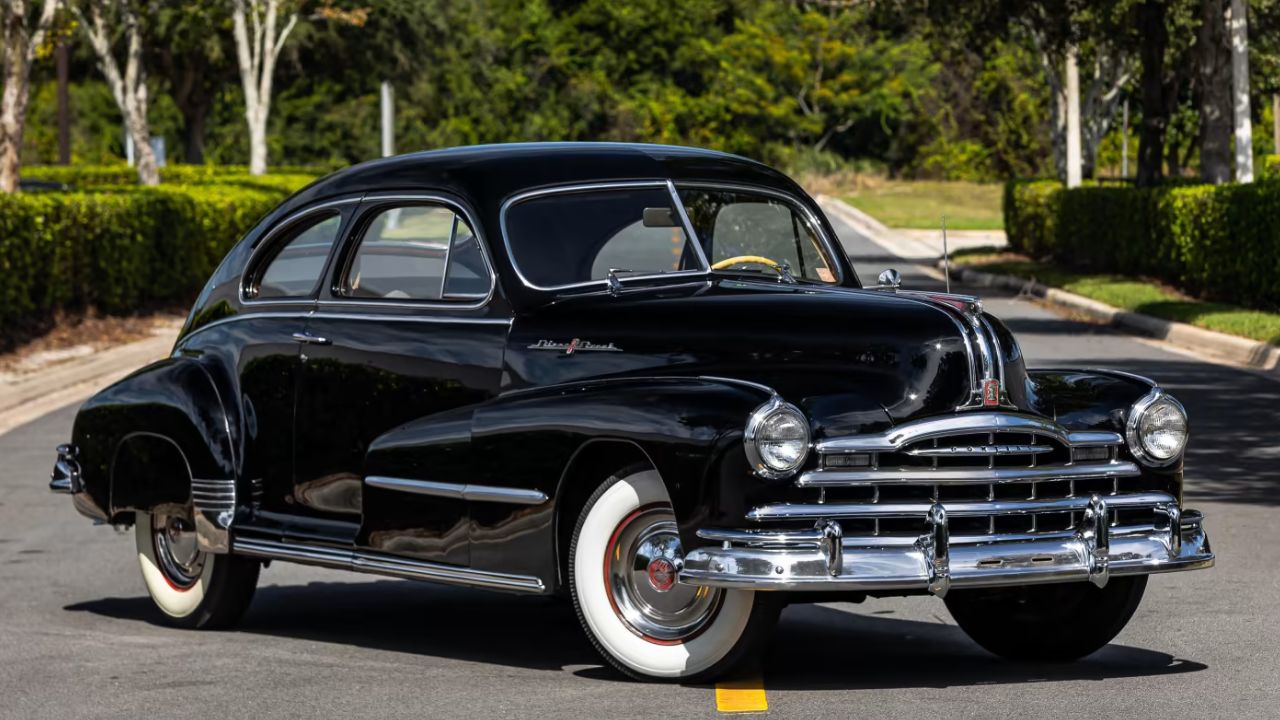
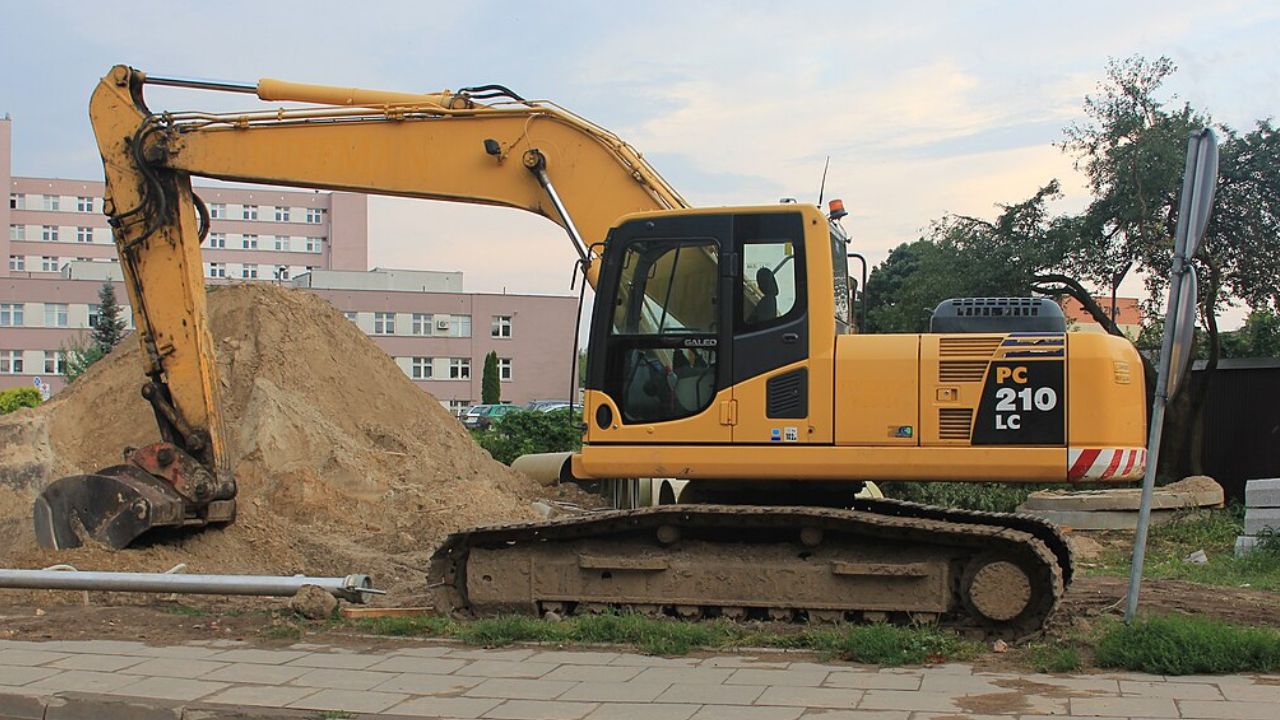
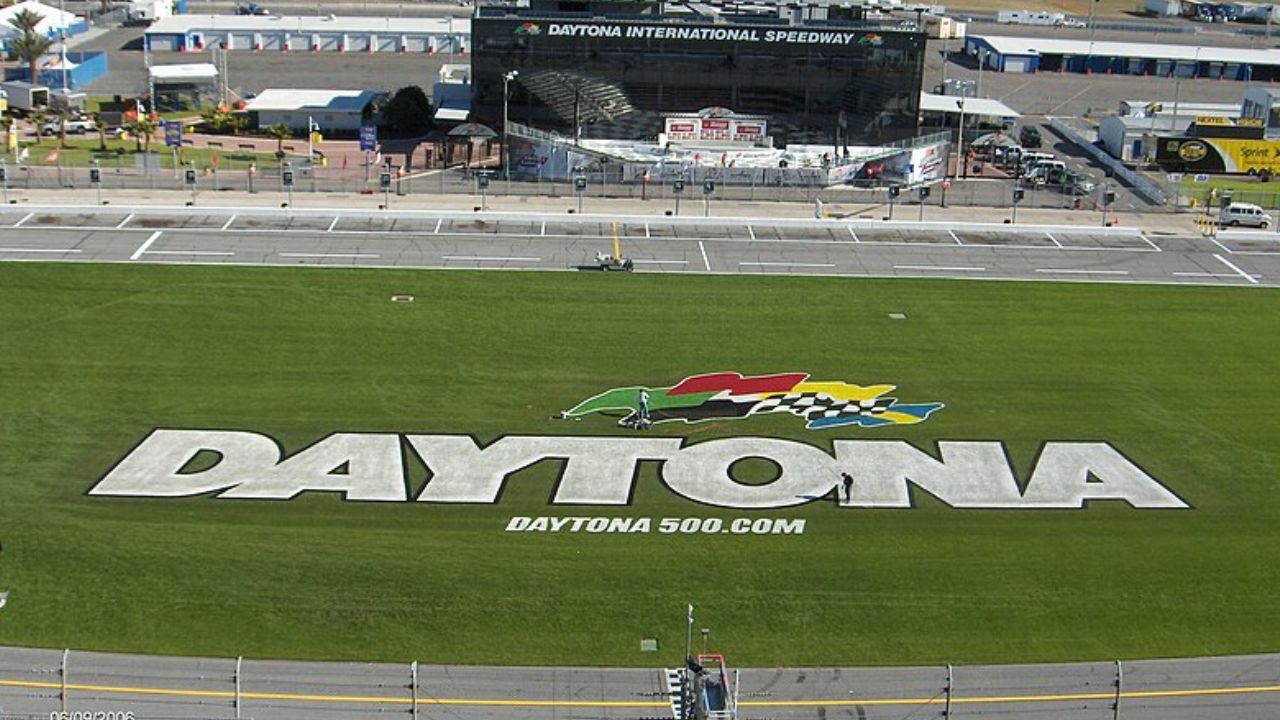
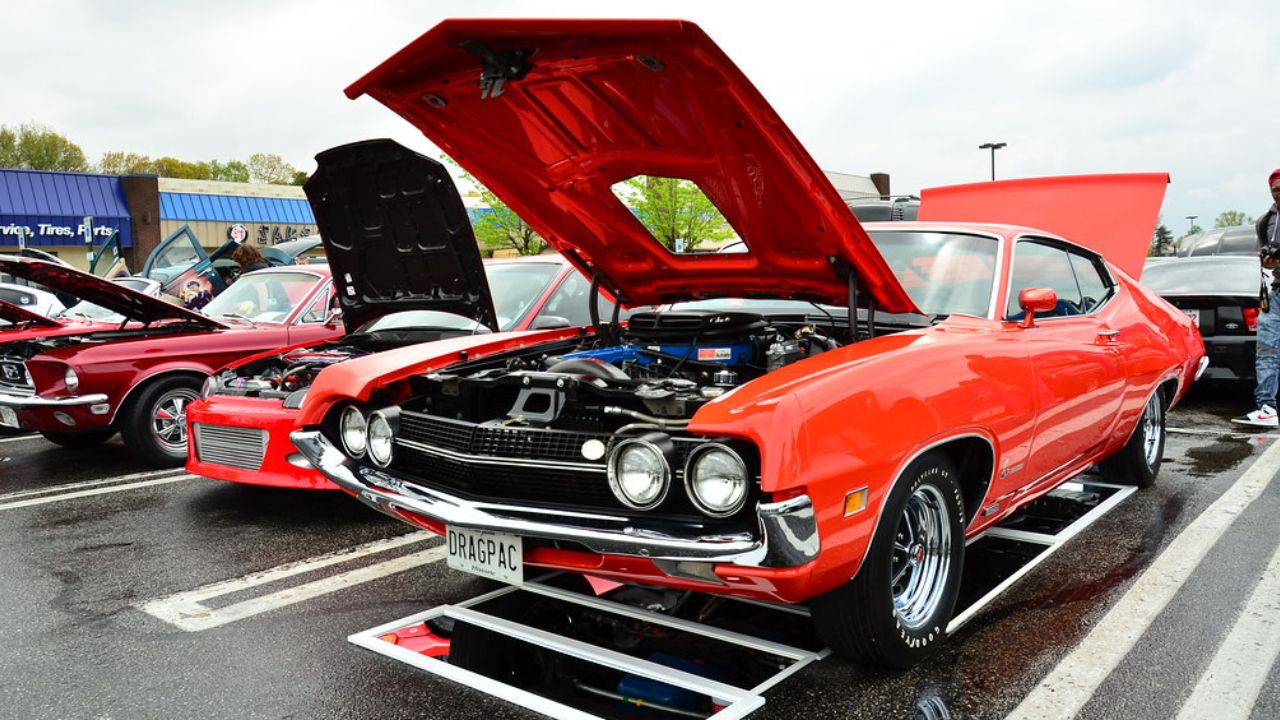

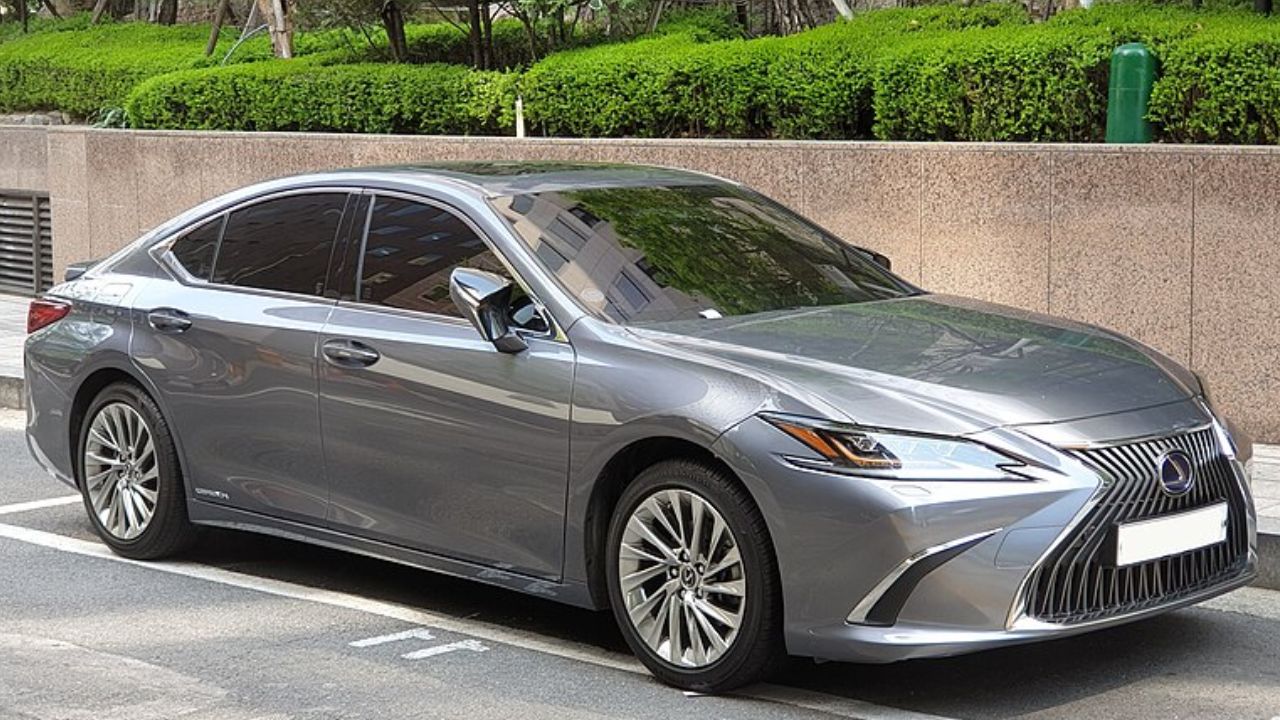
Leave a Reply